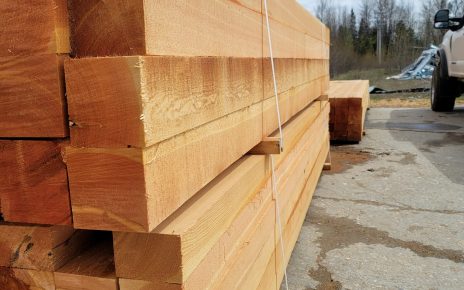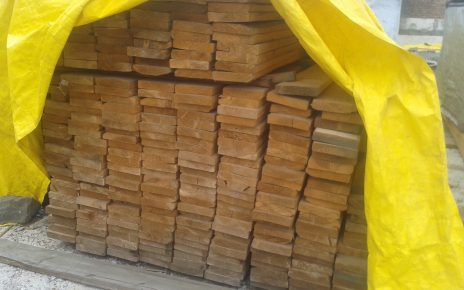An epidemic of mountain pine beetles is one of three factors set to fuel a long term surge in Canada and US timber prices, a new report predicts.
A supply shock associated with the epidemic of mountain pine beetles is one of three factors which will drive a surge in timber prices throughout Canada and the United States in 2013 and beyond, a new report predicts.
In its latest edition of Timber Trends, The Campbell Group LLC described 2013 as the “beginning of a long term bullish trend for the timber industry.”
While this is welcome news for timber manufacturers and investors, it is not so good for builders in Canada as it will add to material costs at a time of an anticipated slowdown in housing construction.
“Do you remember when you were a kid and your parents told you that money didn’t grow on trees?” forest economist and report author Bruce P. Glass asked, referring to the prospects of forestry as an asset for investment.
“Unfortunately for you, what your parents told you was only partially true. Sure, dollar bills don’t grow on trees. But the trees themselves are worth big bucks.”
The report quotes Grantham Mayo van Otterloo (GMO) chief investment strategist Jeremy Grantham as saying that timber prices would rise by as much as 6.5 per cent over seven years.
Glass says prices could go even higher, and that three factors lie behind these expectations.
First and foremost is the mountain pine beetle bug epidemic impacting huge swaths of forests in British Columbia and parts of Alberta, which has been brought about by a succession of hot, dry summers and mild winters.
While these insects normally play a constructive role in forest management by attacking old or weakened trees and speeding up the development of a younger forests, in a pandemic situation they are known to attack otherwise healthy trees and thus reduce the overall volumes of stock which can be harvested sustainably.
Glass says as a result, the allowable harvest in BC fallen by 10 million cubic metres since 2008 (a shade over one-tenth of the allowable cut) and could be reduced by another 20 or 30 million square metres over the next few years.
Combined with an increase in demand from China – which now sucks up around 7 per cent of all North American production – Glass sees an overall reduction in the volume of timber available for use in Canada and the US to the tune of 12 to 22 per cent.
Add that to demand pressures associated with a likely recovery in US housing construction, and Glass says a recipe for long-term upward pricing pressure exists – good news for the timber industry but not so welcome for the 278,458 construction firms Statistics Canada estimated were in operation throughout the country as of its last count in December 2011.



